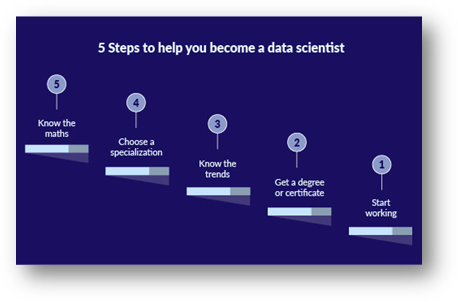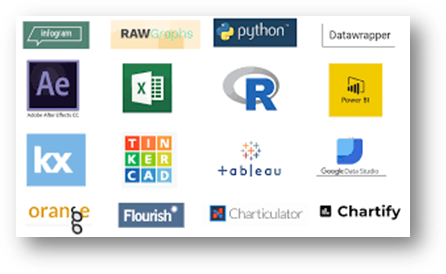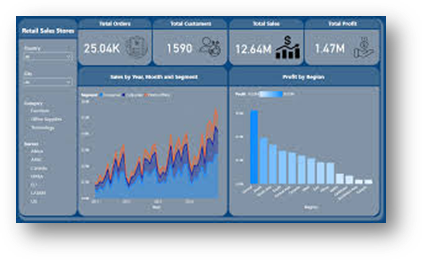Everyone wants to become a data scientist, as it has become one of the transformative fields combining computer science, statistics, mathematics, and domain expertise to derive valuable insights from data. Organizations are looking toward data-driven decisions to stay competitive and drive-up demand for qualified data scientists to help them. This guide will help you along the way to a career in data science if you are passionate about solving problems and adore working with data. Take a look at this one.
It is revolutionizing industries, and it now forms an integral part of decision-making processes in business, health care, finance, technology, and much more. Data science can be considered at its core as an art and science for the extraction of actionable insights from raw data. It is really an integration of mathematics, statistics, computer science, and domain-specific knowledge in extracting patterns, predicting outcomes, and solving the most complex problems.

Step 1 – Building a Strong Foundation
Basic things first! Mathematical understanding in linear algebra, calculus, and probability is always important. Strengthen programming skills with languages such as Python and R programming. Reading through libraries like Pandas and NumPy to clean, manipulate data will be followed by visualising data with the help of Matplotlib and Seaborn.
Pro tip – There are plenty of free online courses and resources to help you build these foundations. Platforms like Udemy and KnowHow academy are great places to start.
Step 2 – Learn Data Science Tools & Techniques

Provide yourself with the major tools of data science techniques.
- Machine Learning Algorithms : Familiarise yourself with supervised, unsupervised, and reinforcement learning algorithms.
- Data Visualisation – Use tools such as Tableau, Power BI, and Plotly to make your insights visually compelling.
- Big Data Tools – Familiarise yourself with tools like Hadoop, Spark, or SQL for handling large datasets.
Want to know more about Data Science? Check out our playlist in YouTube Channel where we teach step by step process to become a professional Data Scientist
Step 4 – Build Your Professional Network
Networking is vital in the data science industry. Attend meetups, webinars, and workshops to meet professionals in the industry. Engage in hackathons and open-source projects to build relationships and gain visibility in the industry.
Step 5 – Gain a Competitive Edge with Advanced Education
While self-learning can take you up to a point, an online or in-person degree in data science can offer you structured learning and domain specialisation. Programs from reputed institutions often cover advanced machine learning, AI, and even domain-specific applications.
Conclusion

Data science is a career that requires dedication, practice or even better, education. It is important to stay curious and work on developing your abilities. Take note of the fact that the number of projects one undertakes, and the number of challenges one can tackle contribute significantly to improvement in the field. So, what do you think? Are you ready to start your journey in the world of data science?
